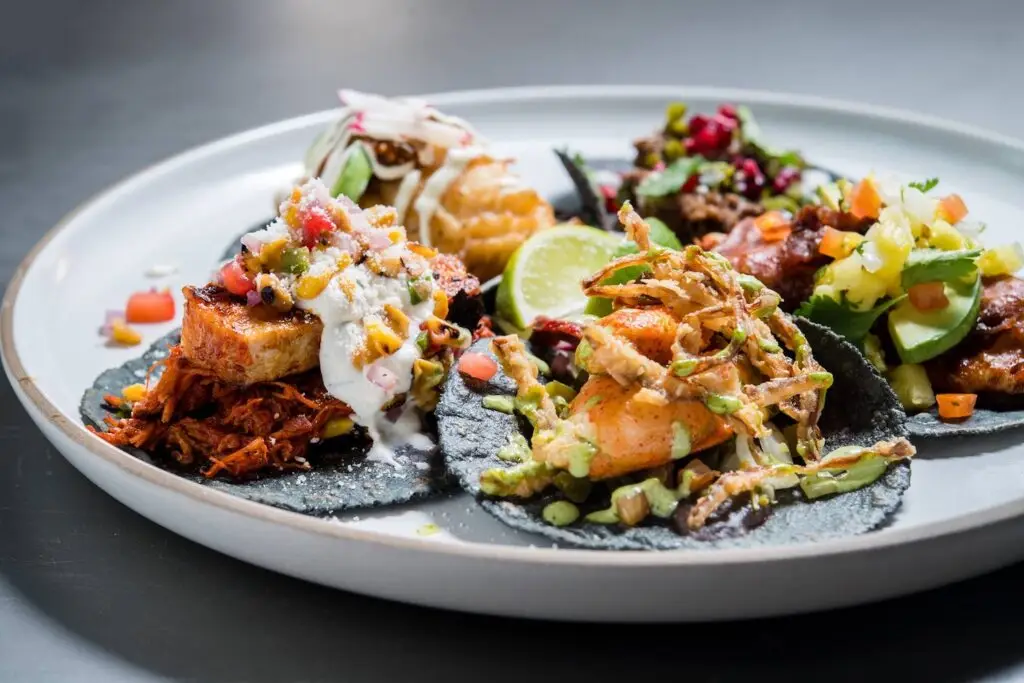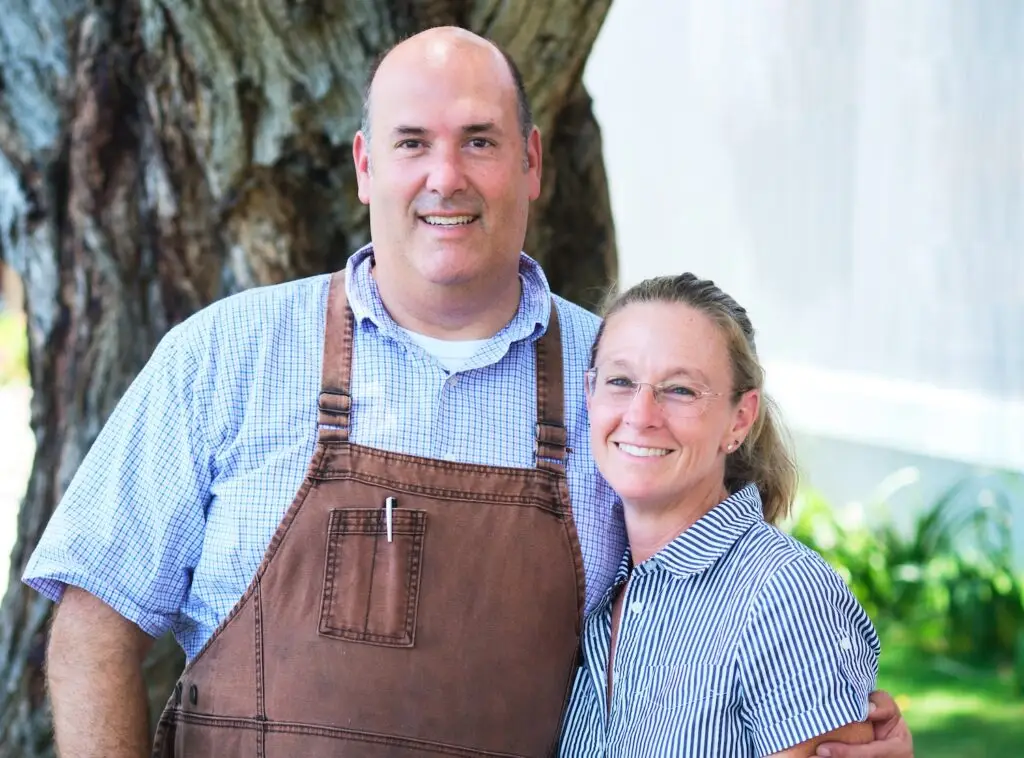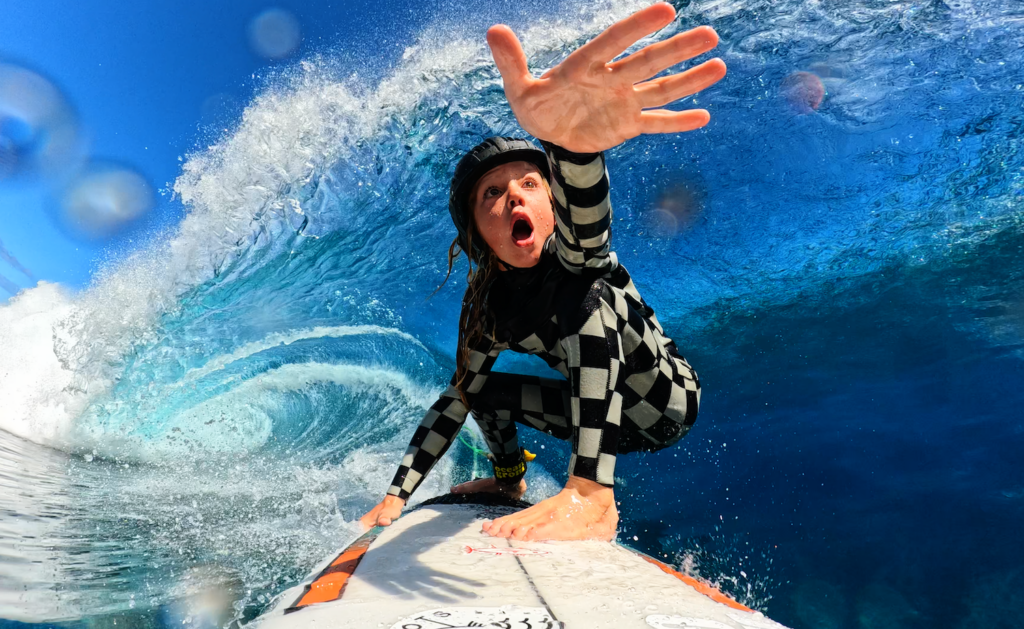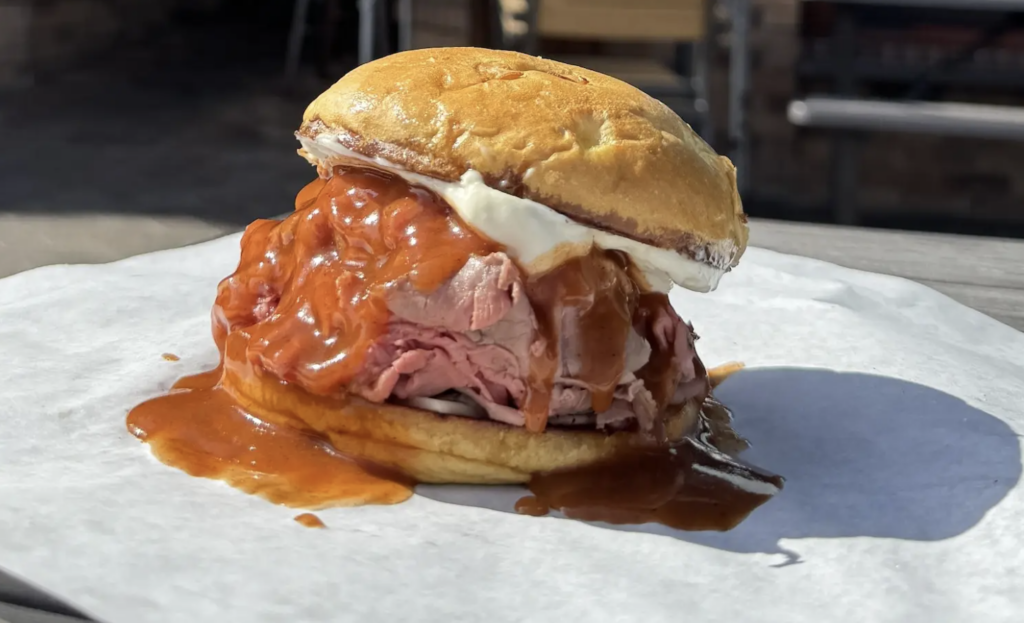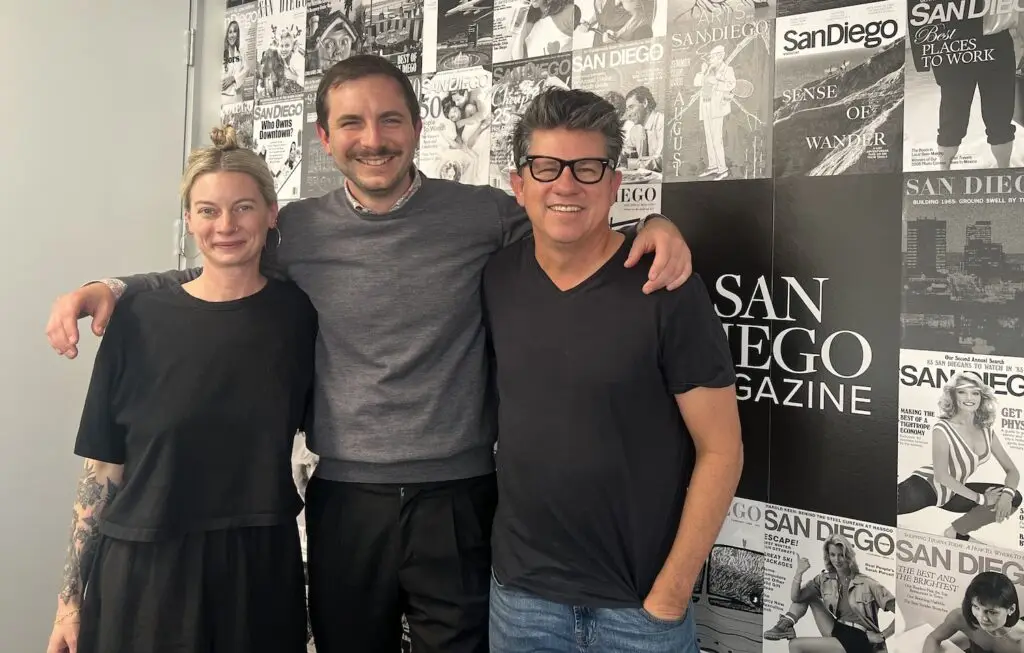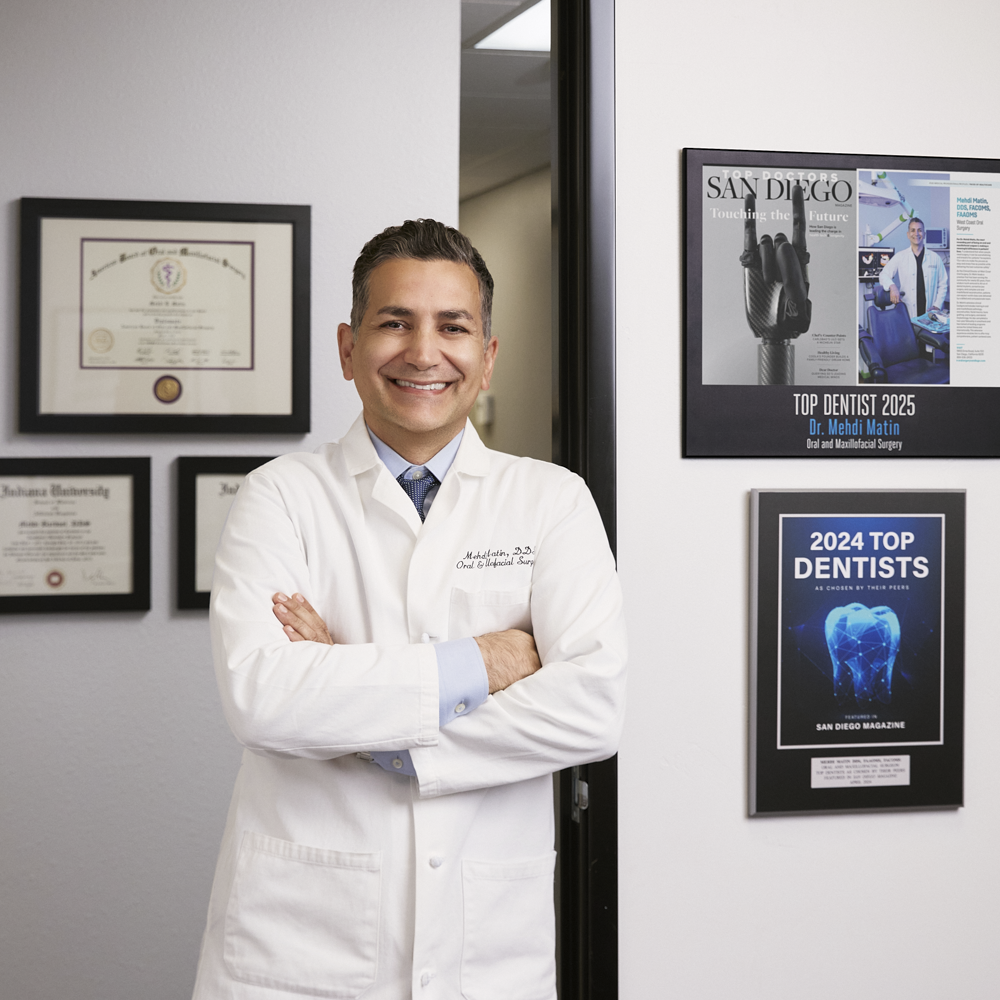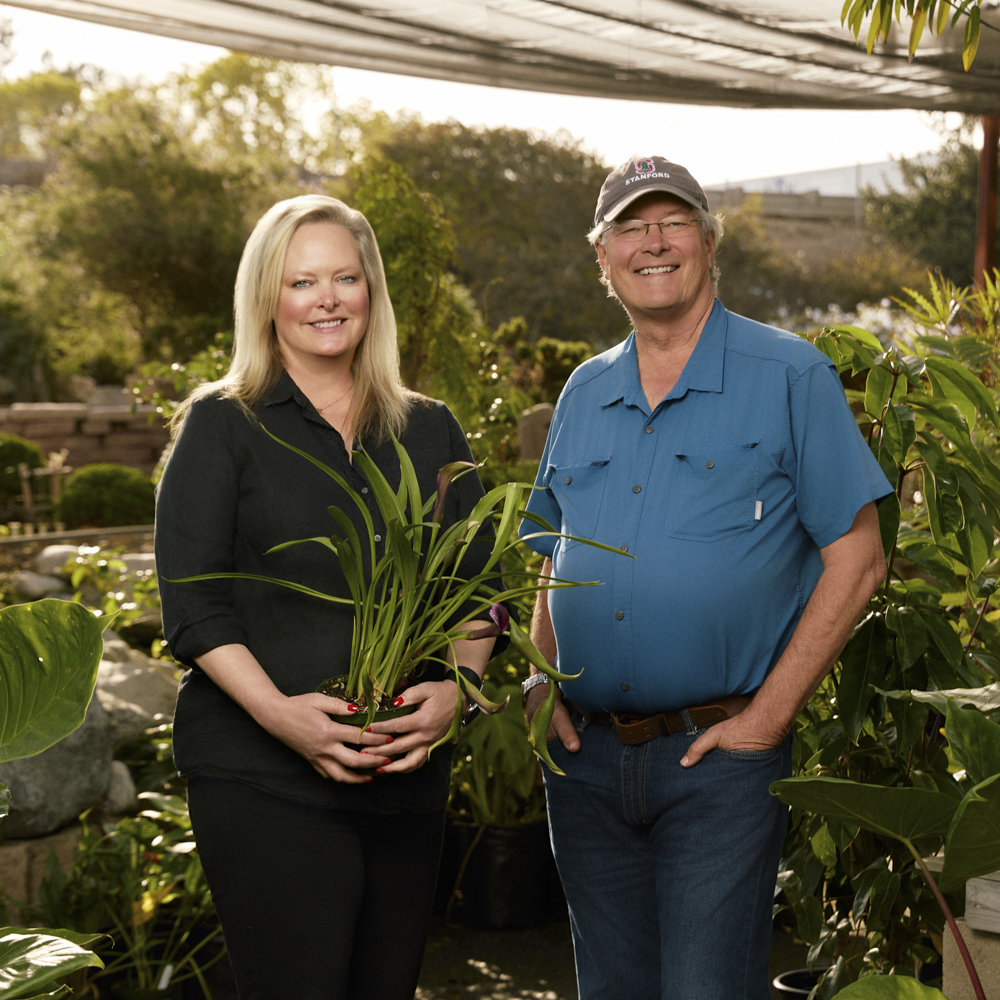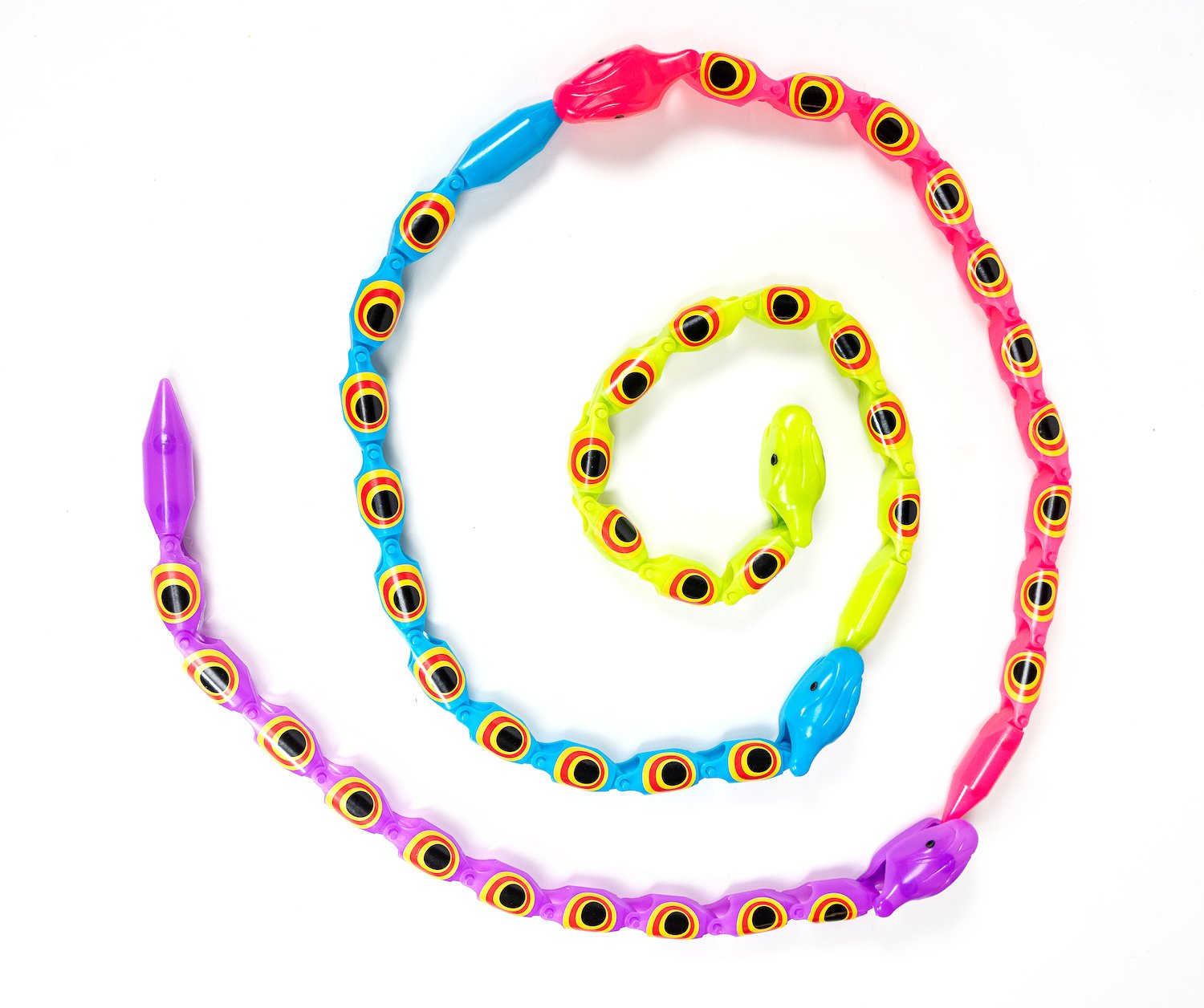Since the early 1900s, plastic has accomplished unprecedented feats of world domination and changed the trajectory of planetary evolution. It’s in our homes, clothes, food, landfills, oceans, and even bodies, in numbers exceeding nine billion tons. The problem, of course, is getting rid of plastic. The stuff takes hundreds of years to decompose, and, even then, it’s not gone, just microscopic. But scientists may have landed on a solution, and it’s straight out of a horror movie—for the plastic, anyway.
Researchers at UC San Diego have developed a type of bioplastic capable of eating itself when exposed to the moisture and sugars found in compost heaps and landfills. The plastic itself is a type of thermoplastic polyurethane (TPU), a material typically found in footwear and memory foam, but it contains bacterial spores from a strain called Bacillus subtilis. What makes this combination of materials work is the nature of the spores, which, according to Jon Pokorski, a nanoengineering professor at UCSD’s Jacobs School of Engineering, become a type of bacteria that can use TPUs as a food source.
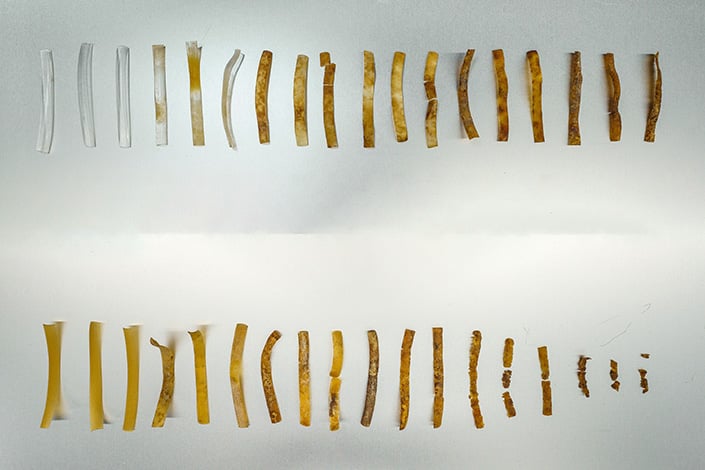
While this is an immensely promising discovery, the method is still being tested on a very small scale. The spore-studded TPUs haven’t made it onto the shelves and into our homes at this point in time, so you don’t have to worry about stepping on a banana peel and seeing your Crocs go all Silence of the Lambs on themselves just yet.
